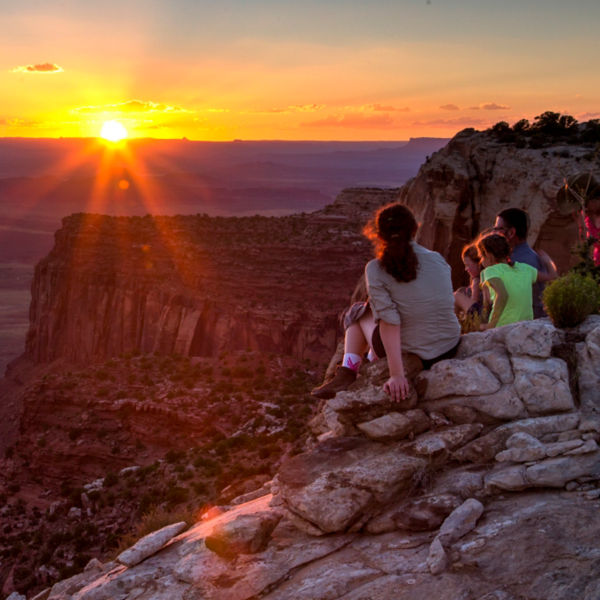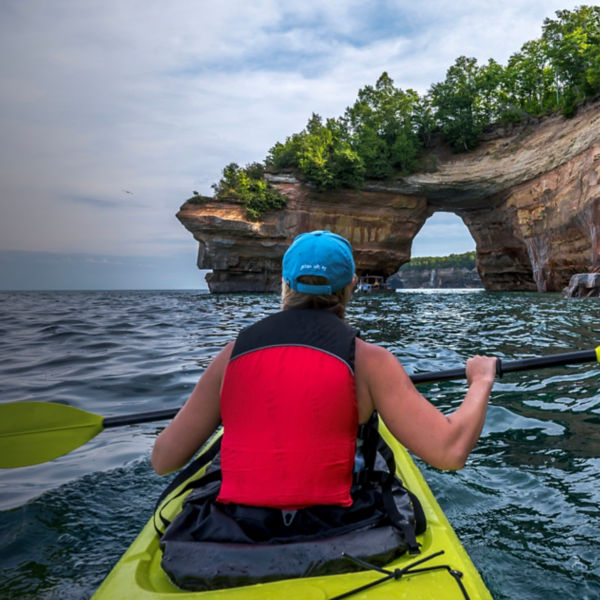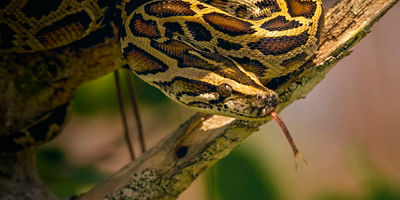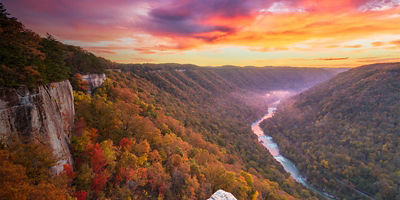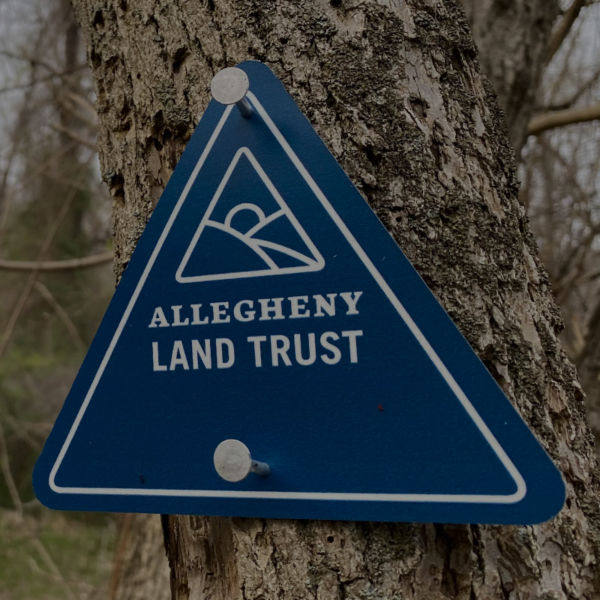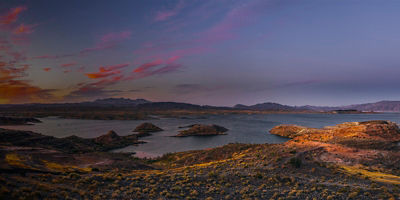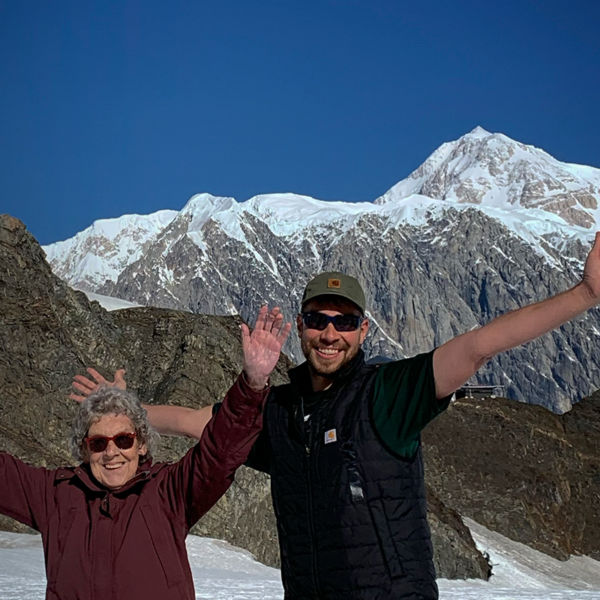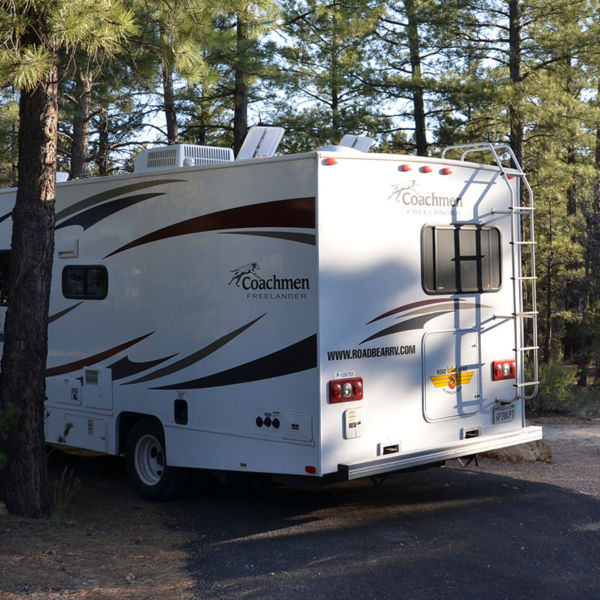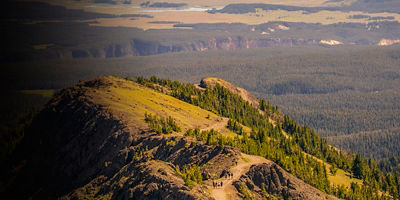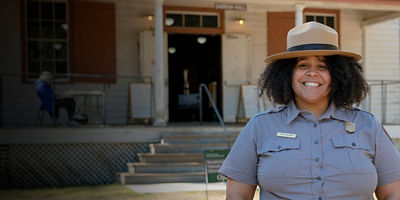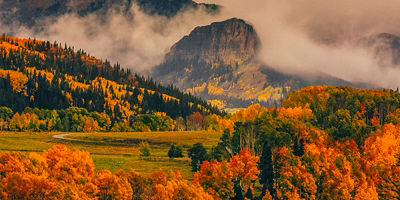
“Leave it as it is. You cannot improve on it.” Theodore Roosevelt said this about the Grand Canyon in 1903, but he might as well have been talking about all of nature. That sentiment helped shape the protection of wild areas in the United States, and today some 840 million acres—more than one third of the country—is public land. This shared resource encompasses natural wonders like the Grand Canyon and local escapes like Griffith Park in Los Angeles. Public land is managed by various federal, state, and local agencies, but make no mistake: It belongs to all of us, and is open to everyone.
But while more Americans than ever are visiting public lands, they still only represent a small fraction of the population. Some 75% of Americans aren’t using public lands at all. And those that do are not representative of the country’s demographics. Black and Hispanic Americans are significantly underrepresented in the outdoors. And visitation by all demographics must contend with competition from smartphones and screens. At the same time, special interest groups threaten access and protection for wild places. In many ways, we live at a crossroads for public lands, which is why we named our company after this national treasure, and why ensuring access and protection for public lands is at the heart of our mission.
That mission starts with helping everyone understand what public lands are, and how to find and visit them. Below you’ll find a guide to public lands in the United States, and across this site you’ll find content—about gear, skills, destinations, conservation, and inspiration—all designed with one goal in mind: to help you explore our public lands.
History of Our Public Lands
To understand public lands in America today we must first understand its past. Native American people lived on and cared for the land for millennia––and still do. What we call public land was home to a vast array of Indigenous cultures long before it was ever designated as a park or monument or refuge. In many cases our public lands, including iconic national parks like Yosemite and Glacier and Yellowstone, were created through dispossession via the forced removal of the Indigenous people who lived there.
In the late 1700s and through the 1800s, the federal government took Native lands directly and also acquired vast tracts of land from other colonial powers, such as Spain and France. Over time, much of this land was transferred to state and private ownership, but the federal government still manages 640 million acres. This land is held in trust for the American people, and primarily managed by four agencies: the National Park Service (NPS), the Bureau of Land Management (BLM), the United States Forest Service (USFS), and the United States Fish and Wildlife Service (USFWS). A small share of federal land is managed by the Department of Defense and other agencies. The remaining 199 million acres of public land is managed by state and local agencies.



































